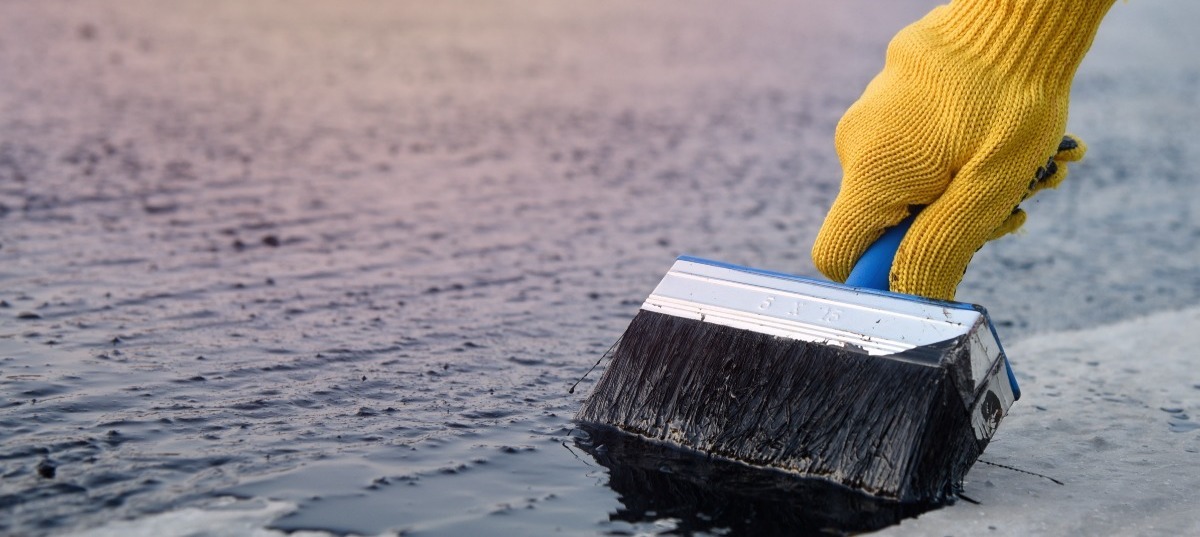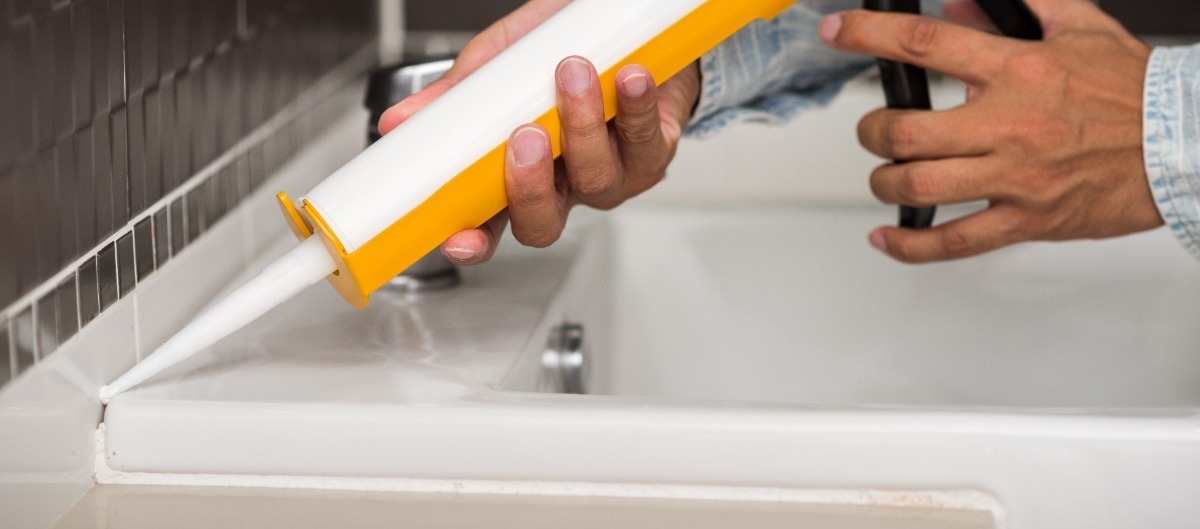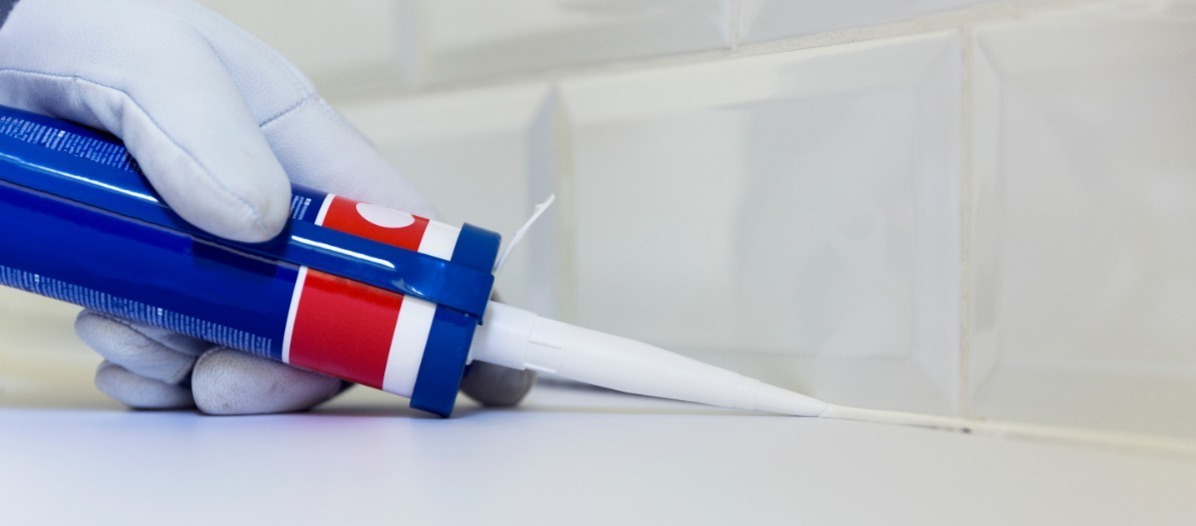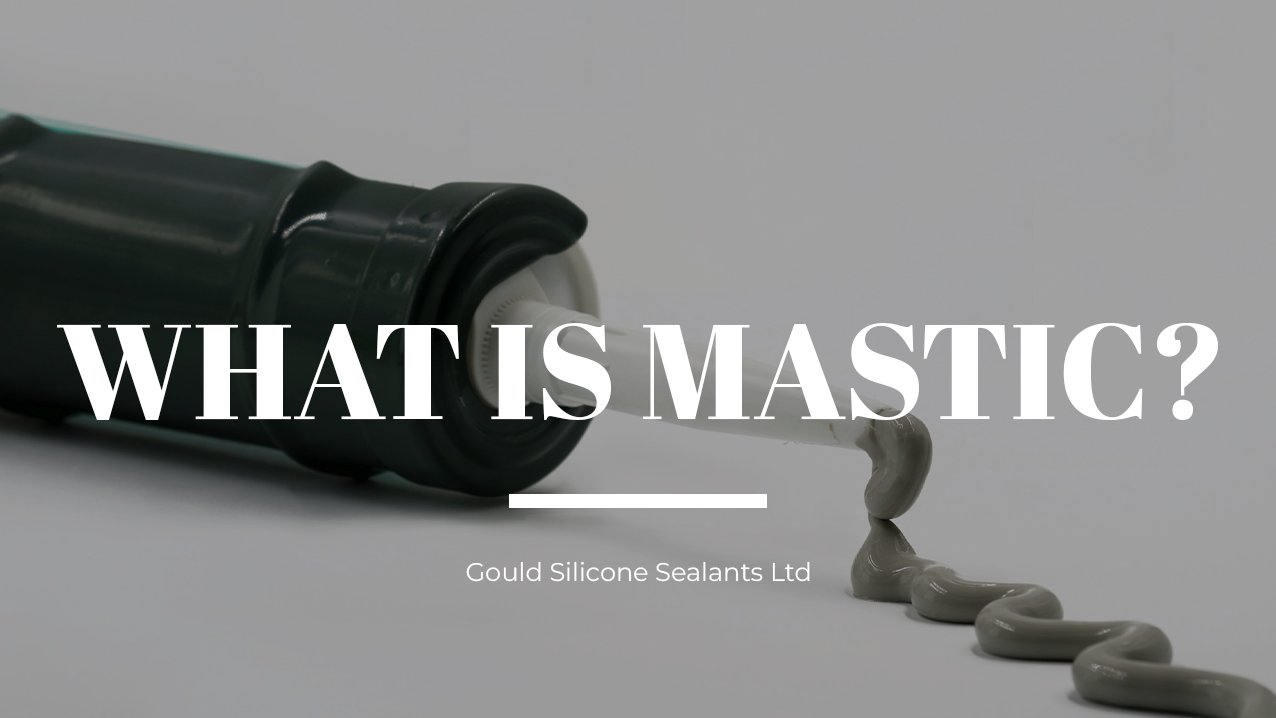What is Mastic and What is it Used For?
Posted on 7th March 2024 at 04:11
In the world of home improvement, whether you're a hands-on DIY enthusiast or a professional in the construction field, understanding the myriad of materials at your disposal is key. One such material, often discussed but sometimes misunderstood, is mastic.
But what exactly is mastic, and what is it used for?
This informative blog digs into the details of mastic, exploring its types, uses, and importance in construction and home improvement projects.
What is Mastic?

Mastic is a general term for a wide range of viscous substances used in the construction and repair of buildings and homes. Typically applied with a caulking gun, mastic acts as a sealant or adhesive, offering both flexibility and strength. Mastic's primary function is to create a waterproof or airtight barrier, depending on the application. This versatility and efficacy have made it a staple in toolboxes around the globe.
The use of mastic sealants dates back thousands of years, with its earliest applications tracing to ancient civilizations. Initially, mastic was derived from the resin of the mastic tree (Pistacia lentiscus), mainly found in the Mediterranean region. This natural resin was valued for its adhesive properties and was used in a variety of applications, from sealing wooden ships to being an ingredient in traditional medicines and even as a chewing gum.
Over time, the formulation of mastic has evolved. In the modern era, synthetic versions have been developed to enhance its properties, such as increased durability and resistance to environmental factors. Today, while the term "mastic" encompasses a broad range of products, including both natural and synthetic sealants, the core utility of creating a strong, enduring bond remains unchanged. This rich history underlines not only the versatility of mastic but also its enduring significance in construction and repair, bridging the past with modern building techniques.
What are the Different Types of Mastic Sealant?
Given the wide array of projects in construction and home improvement, it's crucial to understand that not all mastics are created equal. There are several different types of mastic, each tailored for specific applications, environments, and materials.
In the following section, we will explore these various types of mastic and their distinct uses. Whether you're sealing a bathroom, laying tiles, or insulating pipes, making an informed choice on the right type of mastic can significantly affect the durability, effectiveness, and finish of your project.
Bitumen mastic

Bitumen mastics are a specific type of mastic made primarily from bitumen, a viscous, black, and sticky substance derived from crude oil. This type of mastic is known for its excellent waterproofing and adhesive properties, which make it ideal for outdoor applications.
Bitumen mastics are commonly used in roofing, flooring, and waterproofing tasks because of their ability to form a durable seal that resists water penetration and withstands environmental extremes. Their composition allows for a flexible yet strong bond, ensuring long-term protection against moisture for various structures, including foundations, basements, and exterior walls.
The unique characteristics of bitumen mastics, such as their adhesiveness and resistance to temperature fluctuations, underscore their importance in construction projects where reliable waterproofing is essential.
Polyurethane mastic
Polyurethane mastics, or polyurethane sealants, are an advanced type of sealant and adhesive, widely acclaimed for their exceptional versatility and performance across a myriad of construction and repair scenarios. Unlike their bitumen-based counterparts, polyurethane mastics are synthetic, composed of compounds that provide a strong, durable, and elastic bond. This elasticity is particularly beneficial in applications where materials may expand or contract due to temperature changes or other environmental factors, making polyurethane mastics an excellent choice for sealing building joints and cracks in infrastructure.
What sets them apart from other types of mastic is their superior adhesion to a wide range of different materials, including plywood panels, concrete, metals, natural stone and most plastics. This broad compatibility, combined with their high resistance to chemicals, water, and UV light, ensures that joints and surfaces remain sealed and protected for prolonged periods, even in harsh outdoor conditions.
Furthermore, polyurethane mastics cure to form a durable bond that can withstand significant stress and movement, making them an invaluable asset in the construction industry and for tasks relating to industrial maintenance. Their adaptability to different surfaces and environmental resilience underscores their distinct advantage over other mastic varieties, providing a comprehensive solution for complex bonding and sealing challenges.
Silicone mastic

Silicone mastics are a distinct category within the broad spectrum of sealants, renowned for their high flexibility and excellent resistance to extreme temperatures. Comprised primarily of silicone, a durable, synthetic polymer, these mastics set themselves apart by maintaining a stable consistency across a wide range of temperatures, from intense heat to freezing conditions. This unique characteristic makes silicone mastics an ideal choice for applications subject to significant temperature fluctuations, such as sealing windows and doors, as well as in kitchens and bathrooms where resistance to moisture is crucial.
The primary utility of silicone mastics lies in their superior ability to create watertight seals around bathtubs, sinks, and other fixtures exposed to water, effectively preventing leaks and water damage. Unlike bitumen or polyurethane mastics, silicone varieties excel in applications where long-term exposure to water or humidity is a factor, thanks to their inherent water-repellent properties and resistance to mould and mildew.
Whilst there is no such thing as all purpose sealants, silicone finds strength in its incredible versatility. It can be used for glass balustrades, aquariums and swimming pools, and even automotive applications. As an added bonus, silicone mastics come in a variety of colours, allowing for seamless integration with different surfaces and finishes.
This versatility, combined with their longevity and environmental resistance, makes silicone mastics a go-to choice for sealing gaps on both indoor and outdoor projects, providing durability and protection that few other materials can match.
Hybrid mastic
Hybrid mastics represent a modern advancement in sealant and adhesive technology, combining the best properties of silicone and polyurethane. This innovative blend results in a substance that is highly resilient and versatile, with the flexibility of silicone and the strength of polyurethane. Due to their superior adhesion capabilities, hybrid mastics can bond to a wide array of materials, including glass, metal, wood, and plastic, making them a go-to choice for both indoor and outdoor applications.
The primary use of hybrid mastics is in scenarios that demand a sealant or adhesive with exceptional durability, flexibility, and resistance to temperature changes and environmental conditions. They are particularly valued in the construction of commercial properties and home improvement for their ability to provide a lasting bond in window installations, door frames, and ventilation systems.
This blend of properties ensures that hybrid mastics are not only effective in sealing against water and air leaks but are also capable of withstanding considerable movement and deformation without cracking or losing adhesion, thereby extending the lifespan of the bonded surfaces.
Acrylic mastic

Acrylic mastics are commonly used to fill gaps and cracks in interior walls and ceilings due to their paintable nature. Acrylic mastic formulations are composed of water-based acrylic resins, making them easy to clean up, eco-friendly and non-toxic. Their ability to dry quickly and retain a flexible bond makes them ideal for small repair tasks around the house.
In addition to being used as a sealant, acrylic mastics can also be used as an adhesive for lightweight materials such as wood, foam, and plastic. Their versatility makes them a popular choice for DIY projects, such as adhering skirting boards, and crafts.
One of the primary benefits of using acrylic mastics is their cost-effectiveness. They are typically cheaper than other mastic varieties, making them an ideal option for simple home repairs and renovation projects. However, they may not be suitable for outdoor use as they are not as durable in harsh environmental conditions, and may not provide the same level of water resistance as other mastics. Nevertheless, for interior home projects, acrylic mastics offer a budget-friendly and easy-to-use option for sealing and bonding.
Polysulfide mastic
Used primarily in industrial settings, polysulfide mastics are known for their chemical and water resistance, suitable for fuel tanks and industrial pipework. Composed of a base polymer and sulphur or polysulfide compounds, these mastics cure to form a highly durable and flexible bond that can withstand extreme temperatures and harsh chemical exposure.
The main advantage of polysulfide mastics lies in their exceptional resistance to fuels, oils, solvents, and other corrosive substances. This makes them an ideal choice for sealing joints and cracks in industrial equipment and structures, ensuring that no leaks or contamination occurs.
Additionally, polysulfide mastics have a longer working time compared to other mastic types, allowing for more precise application and smoother finishes. However, their curing time is also longer, which may be a consideration for time-sensitive projects.
Where is Mastic Most Commonly Used?

Mastic's flexibility and adhesive properties make it incredibly versatile, applicable in a variety of settings, including:
Tiling: Used as an adhesive for both wall and floor tiles in bathrooms and kitchens.
Window and Door Installation: Seals and waterproofs the gaps.
Ductwork: Provides an airtight seal on ducts such as those found on a HVAC system.
Plumbing: Seals pipes and fixtures to prevent leaks.
Exterior Siding: Used for sealing joints and gaps to prevent moisture ingress.
The wide-ranging application possibilities of mastic make it an essential material for construction and home improvement tasks, ensuring structures are waterproof, airtight, and enduring.
Conclusion
In summary, there are various types of mastics available on the market, each with unique properties and applications. Whether you need a water-resistant sealant for your bathroom or a high-strength adhesive for industrial use, there is a mastic type suited to your specific needs. With their versatility and ability to provide durable bonds, mastics are an essential component in construction and maintenance, playing a significant role in ensuring the longevity of structures and preventing damage from environmental factors.
Understanding the different types of mastic and their respective uses can empower your next project, offering a reliable and professional finish. Mastic ensures your work not only holds up over time but also protects against water damage, air leakage, and other environmental factors.
At Gould Silicone Sealants, our goal is to provide you with the knowledge and supplies you need to achieve the best possible results in all your projects. Explore our range of high-quality mastics suitable for every type of application and step into a world where durability meets excellence.
Share this post:

